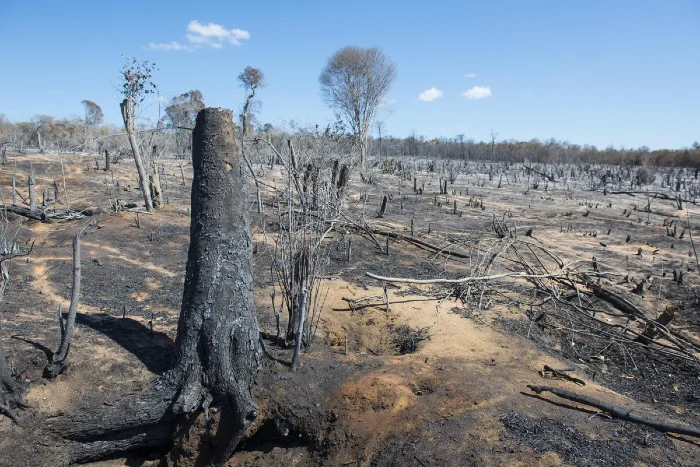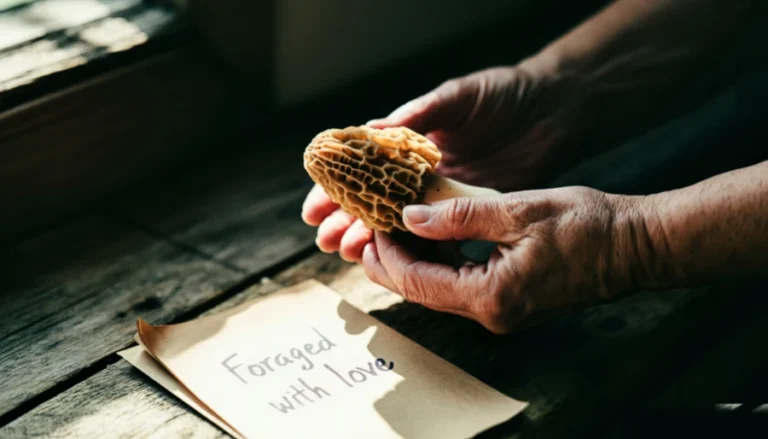Earlier this year, an article by the Guardian set the environmental world abuzz. The main revelation? A staggering 90% of carbon offsets linked to rainforests might not be as effective as previously believed, and in truth, are completely worthless!
Carbon offsets are like environmental IOUs, where individuals or companies buy credits that promise to protect forests, helping balance out their own carbon emissions elsewhere.
But Verra, a significant player in certifying these credits, was quick to denounce the claims as “entirely wrong.” Despite this defense, public trust in the billion-dollar offset market wavered, leading to the resignation of Verra’s CEO.
The basis for the Guardian’s assertions was a study still pending peer review. Fast-forward to now, this study has undergone rigorous scrutiny and been published in the renowned journal, Science. The findings? Many REDD+ initiatives (focused on reducing emissions from deforestation and degradation) sold credits without significantly decreasing deforestation.
So, how do REDD+ projects work?
In essence, they encourage practices to curb deforestation. The carbon saved from these practices is calculated against a hypothetical scenario without the project and sold as credits. Companies and eco-conscious individuals then purchase these credits to compensate for their carbon footprint.
For instance, if you were set to fly from London to New York, you might be tempted by the offer of offsetting your carbon footprint by conserving rainforests in the Congo Basin for a mere $20 (or £16.44). But the recent study suggests that many such offsets might not be as carbon-neutral as they appear.
According to Sven Wunder, a forest economist and co-author of the study, “While combating climate change is crucial, forests play a pivotal role beyond just carbon capture. They’re biodiversity hubs and influence regional climates. Despite REDD+’s shortcomings, we must persevere.”
A significant challenge for carbon credits is “leakage,” where deforestation simply shifts to another location. This could be due to displaced lumberjacks or the global demand for products leading to deforestation elsewhere. Additionally, for offsets to truly matter, forests must remain untouched indefinitely, ensuring carbon remains locked away.
Andrew Balmford, a professor at the University of Cambridge specializing in conservation science, emphasizes that newer, transparent methods can boost the reliability of carbon markets. “Employing state-of-the-art scientific methods is crucial for a sustainable future,” Wunder concurred.
However, even if the carbon offset system’s loopholes are sealed, a few concerns remain. Offsets might lull companies into complacency, making them feel absolved from direct emissions reduction. Balancing global warming within the 2°C threshold will necessitate halting most deforestation and drastically cutting down fossil fuel emissions. Furthermore, the implications on socio-economic equity can’t be ignored. If conservation stops farmers in developing nations from cultivating land, it could deepen poverty.
While the idea of offsets appears alluring, genuine, effective offsets that ensure equity might come at a higher price than current market rates. This revelation underscores the need for a dual focus on direct emissions reduction and forest conservation.
But how about we take another approach to this somewhat complicated topic?
More To Discover
- The United Arab Emirates Just Took Over Entire Forests in Africa To Greenwash Their Way To Carbon Credits
- Microsoft Forges Massive Deal with Carbon Removal Startup to Remove 1.5 Million Tons of Carbon
- Amazon’s Green Hope Reduced to Ash: Arson Devastates Three-Year Reforestation Endeavor
- Beyond Offsets: The Future is Carbon Removal Credits

Carbon Credits in Question: Why Your Forest Offset Might Be Like a Leaky Faucet
Imagine if you had a leaky faucet at home, dripping water continuously. To handle the problem, instead of fixing the faucet, you decided to place a bucket underneath to catch the drips. That’s sort of what’s happening with our environment and the concept of carbon offsets.
In 2023, a revelation by the Guardian jolted the world. About 90% of carbon offsets, our ‘environmental buckets,’ linked to rainforests may not be doing their job. These offsets, like the bucket under the faucet, are intended to balance out the ‘drips’ (carbon emissions) of companies and individuals.
Verra, the “plumber” certifying these buckets, promptly labeled the Guardian’s claims as “entirely wrong.” Yet, the controversy led to shaken trust and the resignation of Verra’s top executive.
Diving into the details, a study, now published in the revered journal, Science, has shed light. REDD+ projects, a major type of carbon offset, might not be stemming the tide of deforestation as well as we thought. It’s like having multiple leaky faucets and not enough buckets.
Picture this: boarding a flight from London to New York, you’re offered a chance to balance your journey’s carbon footprint. For the cost of a movie ticket (£16.44), you’re told a portion of the Congo Basin rainforest will be conserved. But the new study hints: one movie ticket might not cover the real cost.
Sven Wunder, a forest economist, likens the situation to a game of Whack-a-Mole: “You might stop deforestation in one place, but it pops up somewhere else.”
Andrew Balmford, a leading conservationist, suggests that new approaches can reseal our ‘leaky faucets.’ But, even then, there’s a catch. If we rely too much on these buckets (offsets), we might forget to fix the actual leaks (reduce emissions).
Lastly, consider this: If, by buying offsets, we stop farmers in less affluent nations from cultivating, it’s like asking them to turn off their water supply, so others can keep their faucets running.
In a nutshell, while buying ‘buckets’ seems like a quick fix, the real solution lies in mending our ways. Let’s focus on fewer leaks and more genuine fixes for our planet.























